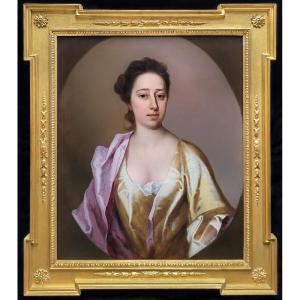This portrait typifies Dahl’s eloquent depiction of aristocratic women, and reveals why he could outperform his contemporaries such as Kneller, Richardson, and Seeman. His portraits are noticeably softer than Kneller’s in terms of the drawing and pose and he did not employ the use of flashy props and distractions as much – and therefore his work can often be described as an understated elegance. The artist’s distinction as a colourist is particularly evident here in the contrast of pale pink with yellow to produce the exotic effect of satin. The drawing is superb and the clear fresh palette, bright eyes, and beautiful rendering create a striking image of the attractive sitter.
Presented in a gilded Kent style frame and ready to hang.
Michael Dahl trained in Sweden but at the age of 23 came to England in search of patronage, after political turmoil in Stockholm reduced the wealth and power of the aristocracy. A number of Dahl’s compatriots saw England as being relatively stable and prosperous compared to many European countries, and more welcoming than France, for example, of the Lutheran faith then prevalent in Sweden. Between 1682 and 1683, according to Vertue, he was an associate or pupil or Sir Godfrey Kneller. In 1685 he left England for France and Italy, studying in Rome for two years. There he converted to Roman Catholicism and gravitated towards the circle of the exiled Queen Christina of Sweden, who while resident in Rome, had also converted. In 1685 Dahl secured a commission to paint a portrait of Queen Christina (Grimsthorpe Castle, Duke of Ancaster Collection) which secured him instant success not only in the Rome but also in England on his return there in 1688-89. Perhaps he hoped to receive the support of the Catholic King James II but by the time he arrived the ‘Glorious Revolution’ had deposed James and replaced him with his daughter Mary and her Protestant husband William of Orange. Dahl did not portray the new monarchs, but did gain much patronage from the rest of the court, and in particular Prince George of Denmark, the husband of the future Queen Anne – but many of his new clients in London were Swedish emigres and diplomats and he rapidly became a member of this closely-knit Swedish circle. Dahl’s portraits can today be found in numerous collections and country houses.
Provenance: Private UK collection, St. Albans;
Private US collection
Measurements: Height 95cm, Width 82cm framed (Height 37.5”, Width 32.25” framed






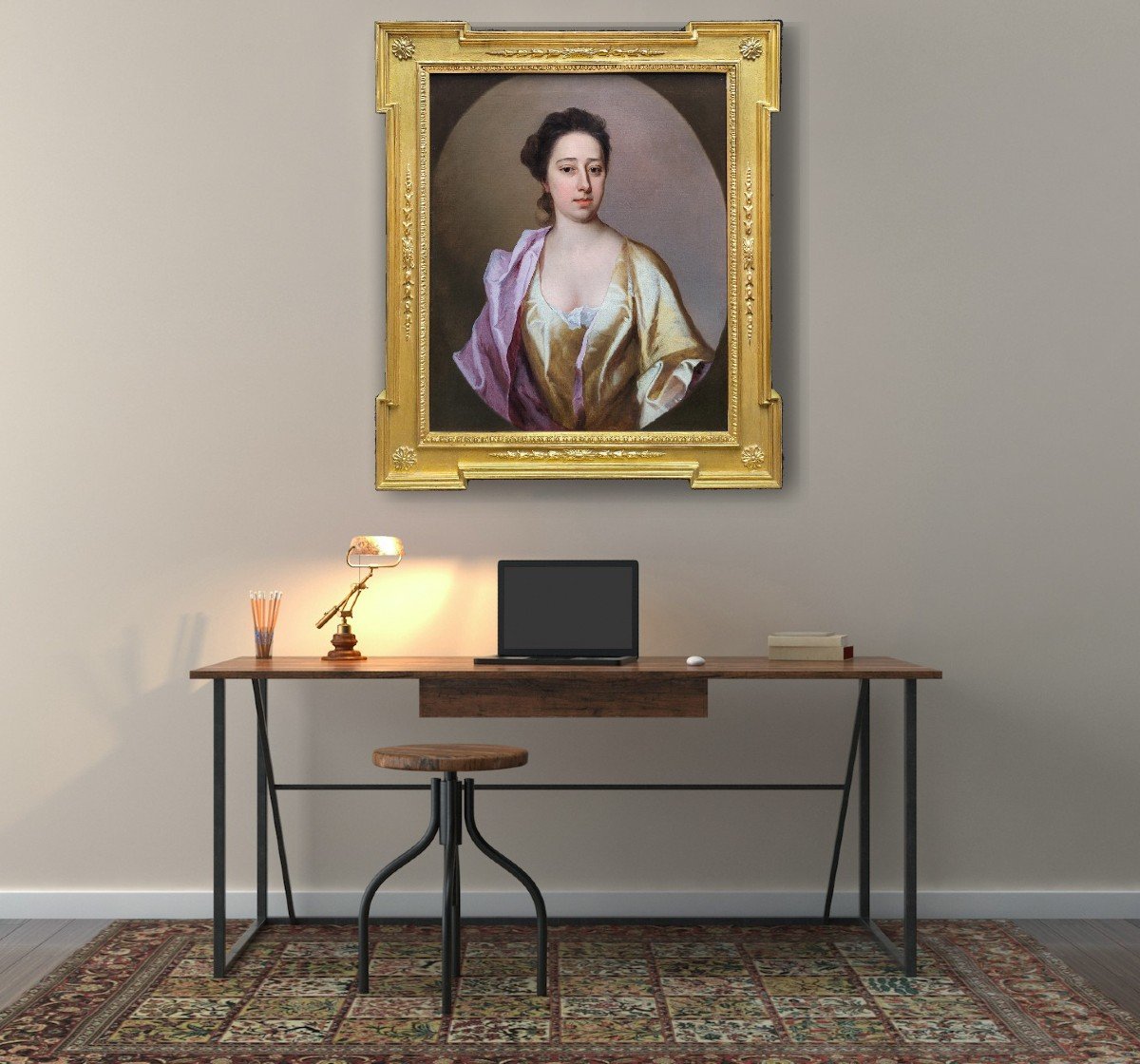
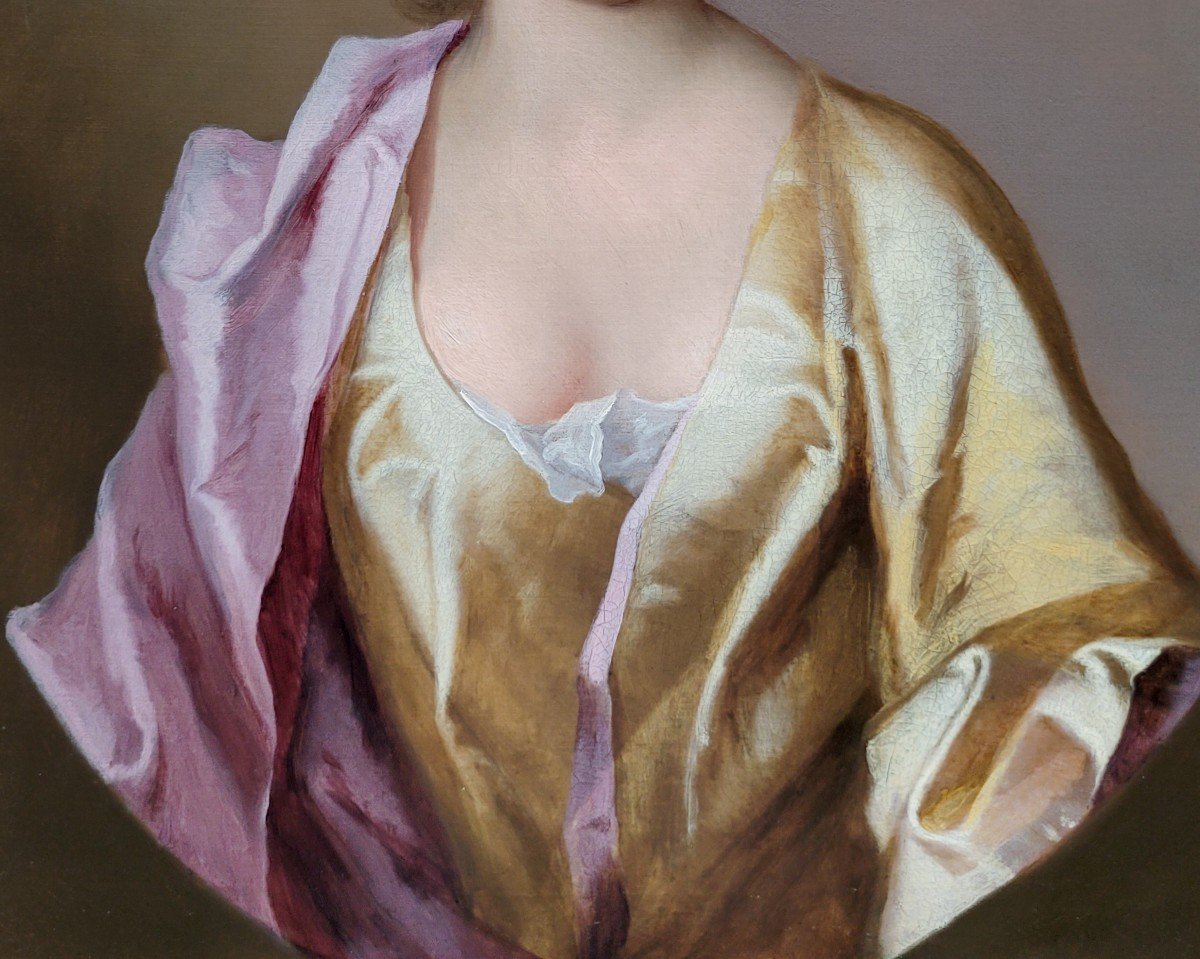










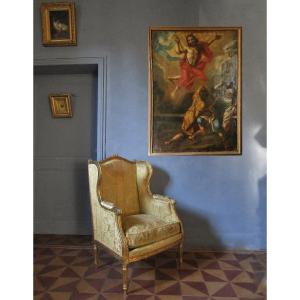
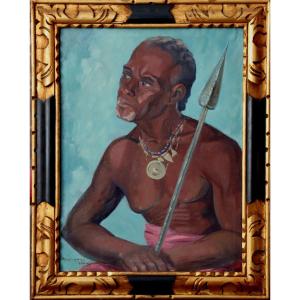

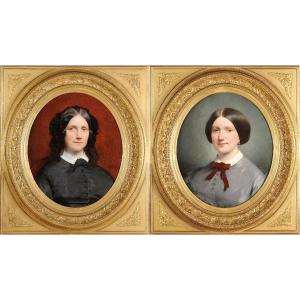



 Le Magazine de PROANTIC
Le Magazine de PROANTIC TRÉSORS Magazine
TRÉSORS Magazine Rivista Artiquariato
Rivista Artiquariato
